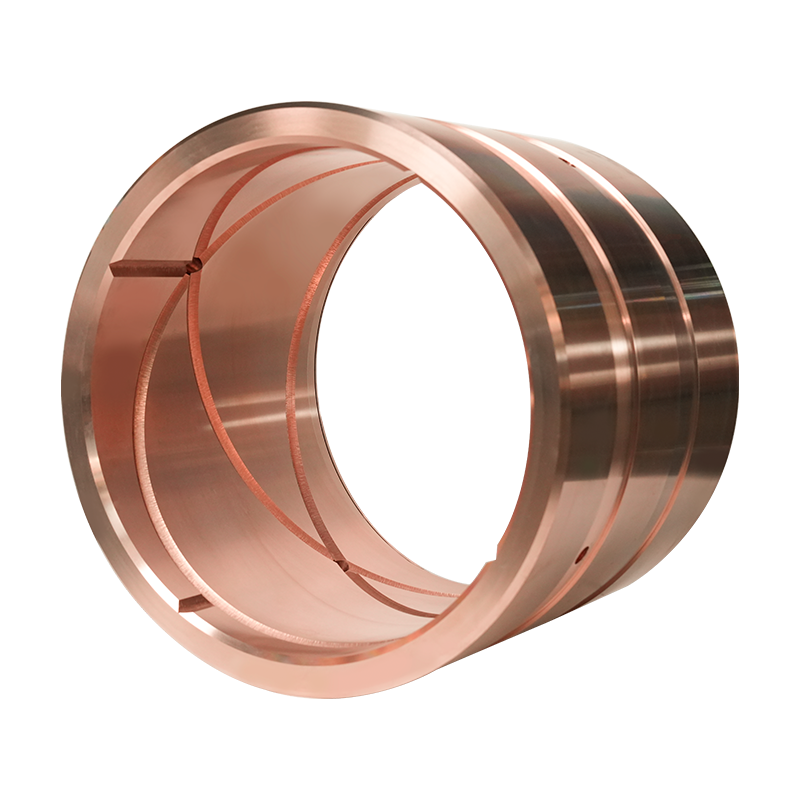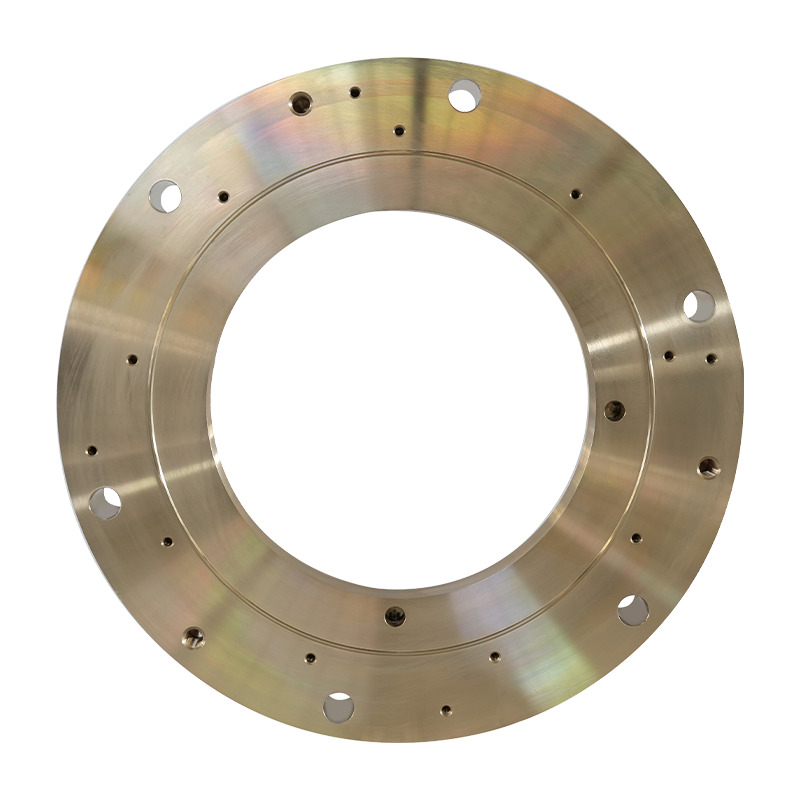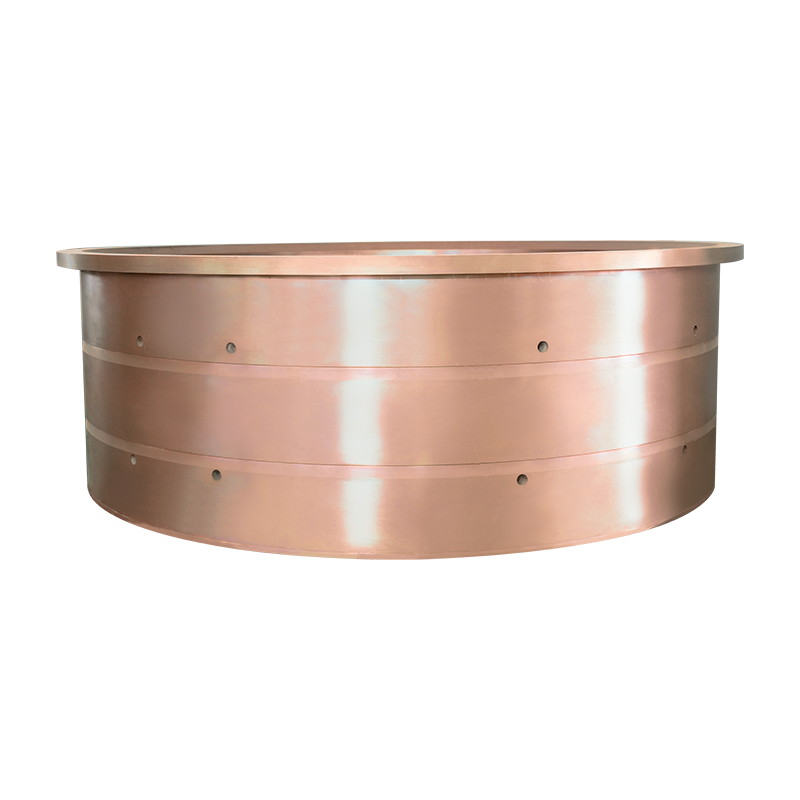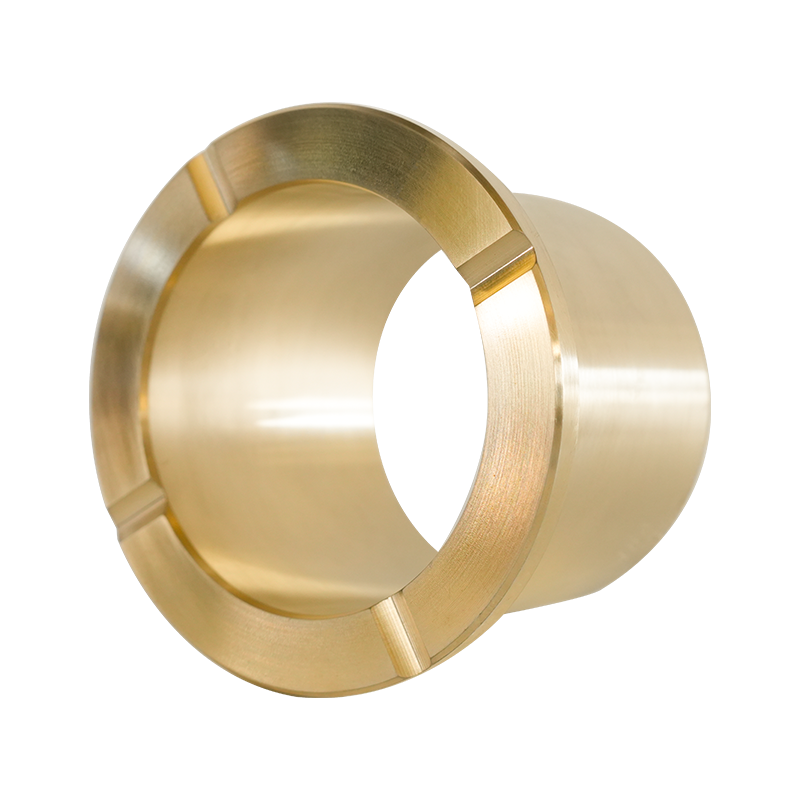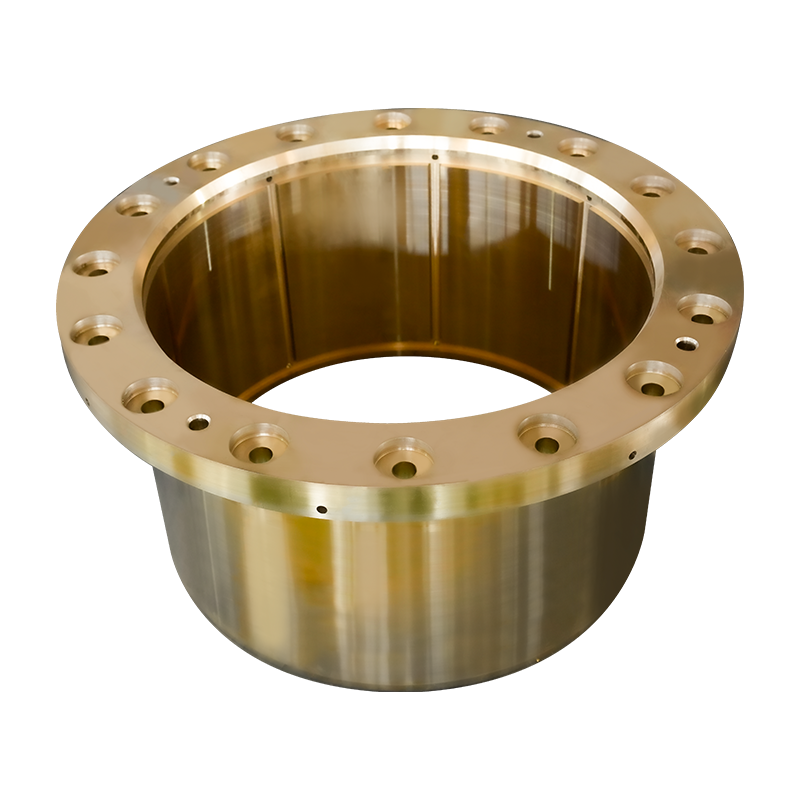Advantages of Copper Plate in Electrical and Electronic Applications
1.Extremely low resistivity results in minimal loss at high frequency and microwave frequencies, making it the preferred material for high‑frequency PCBs and power modules.
2.Outstanding thermal conductivity enables rapid heat dissipation, enhancing the reliability of electronic components.
3.Surface treatments significantly improve solderability and oxidation resistance, ensuring long‑term stable electrical connections.
4.Electro‑copper plating maintains the base material’s conductivity while providing a flat, pore‑free surface, reducing insertion loss and improving signal integrity.
5.High‑pressure and high‑temperature tolerance allows copper plates to retain mechanical strength in high‑voltage systems, suitable for electrical connections in valves, pumps, and other high‑pressure equipment.
How do the corrosion resistance and wear resistance of copper plates perform in practical applications?
Real‑World Performance of Corrosion Resistance and Wear Resistance
1.Chemical passivation and oxide layers markedly suppress corrosion in marine and automotive environments, extending service life.
2.Ceramic/glass composite coatings create dense surface layers that boost oxidation resistance, wear resistance, and electric breakdown strength, suitable for high‑temperature, high‑pressure applications.
3.Mechanical grinding (SMAT) produces gradient‑hardened structures, increasing yield strength by several times and simultaneously enhancing wear resistance.
4.Nickel/gold electroplating provides an additional protective barrier in marine propulsion systems and oil‑gas equipment, significantly reducing surface wear and corrosion rates.
5.Surface roughness control improves welding strength and wear resistance, preventing stress concentration and crack initiation caused by excessive roughness.


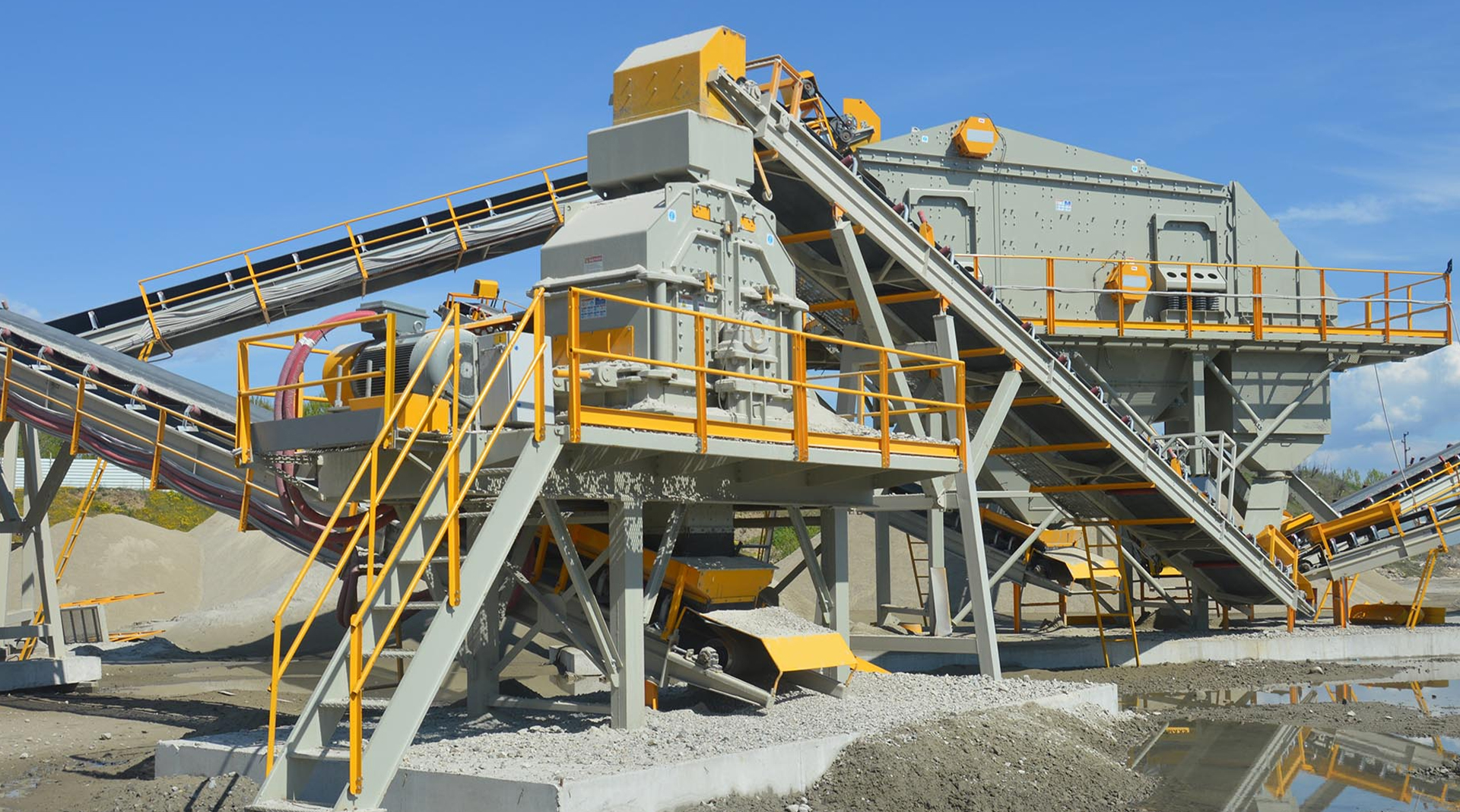
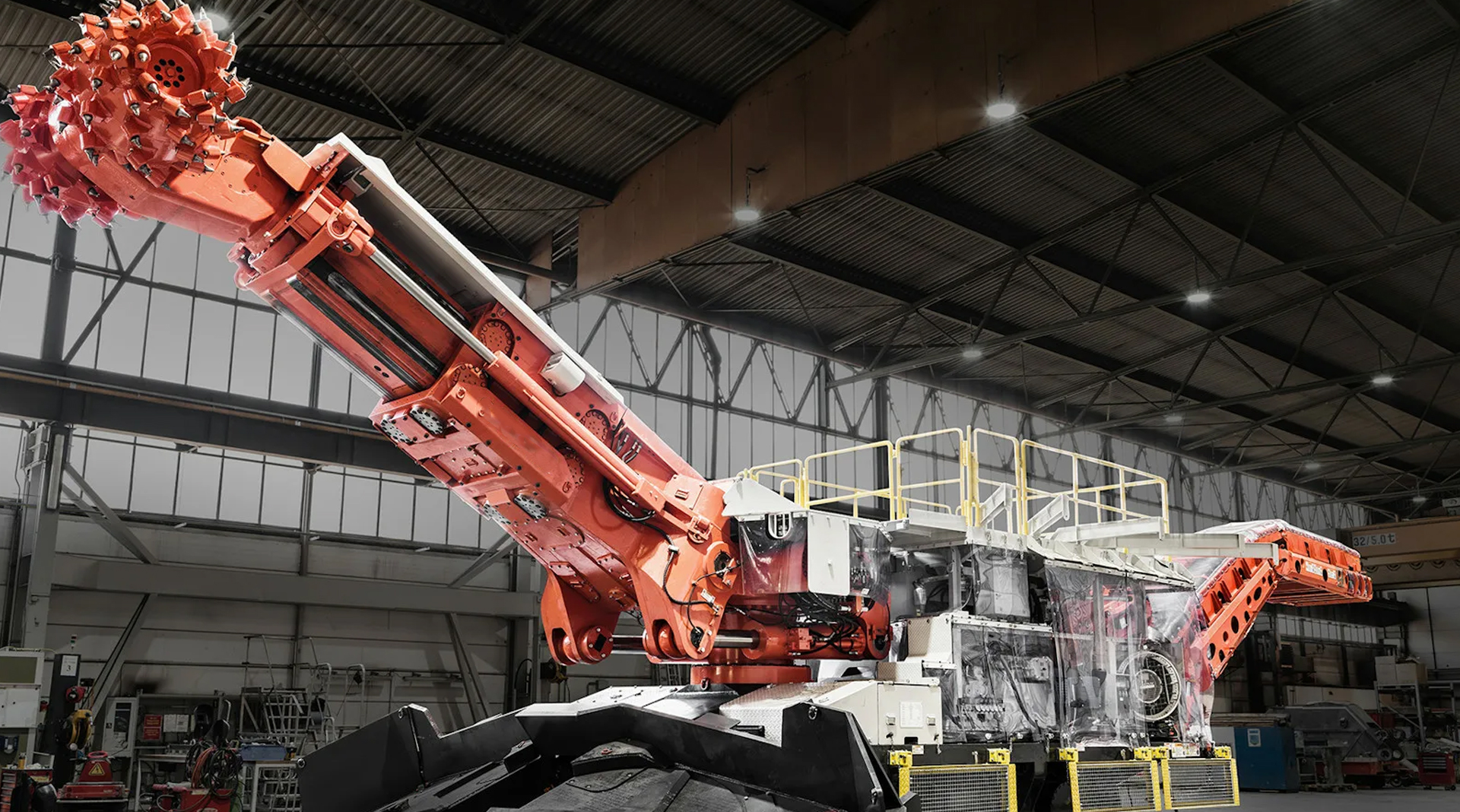




 English
English 日本語
日本語 русский
русский Deutsch
Deutsch
